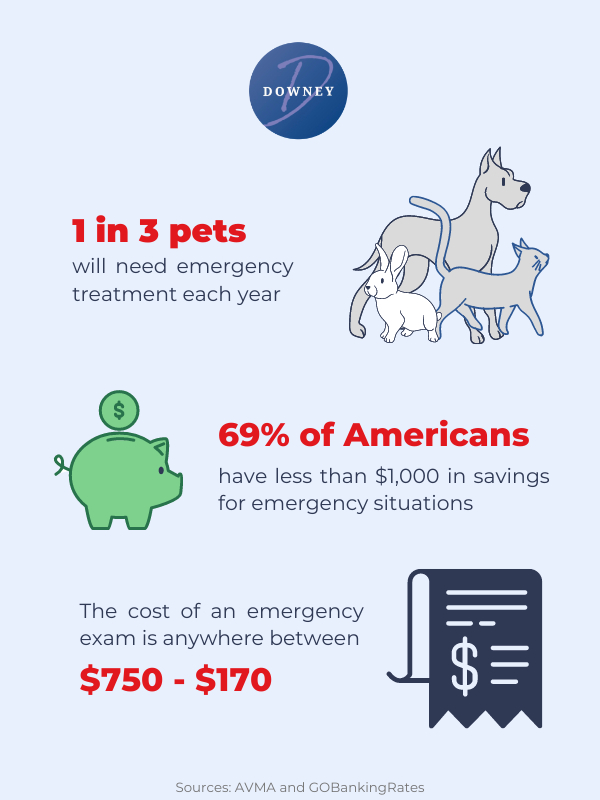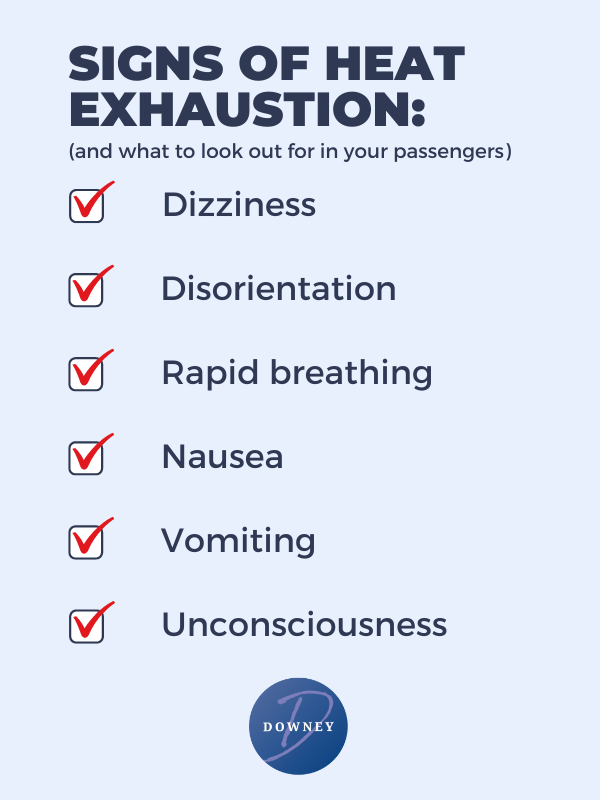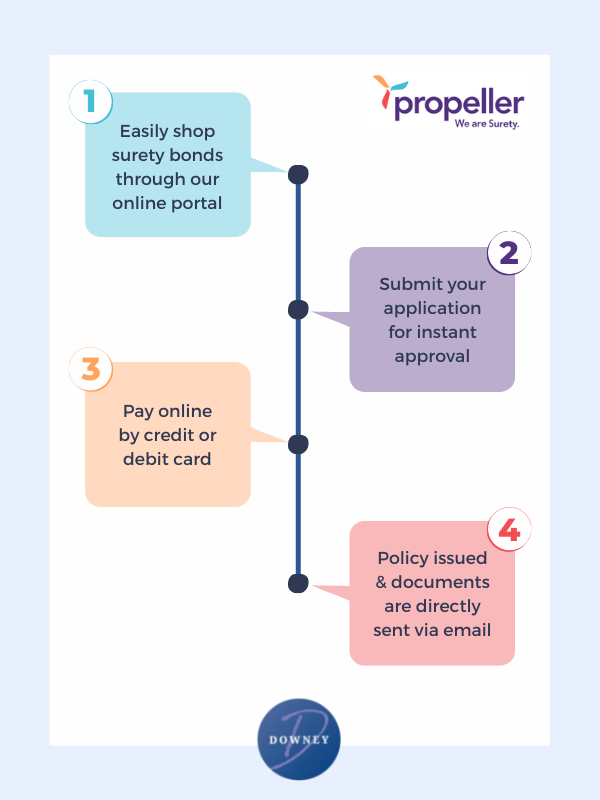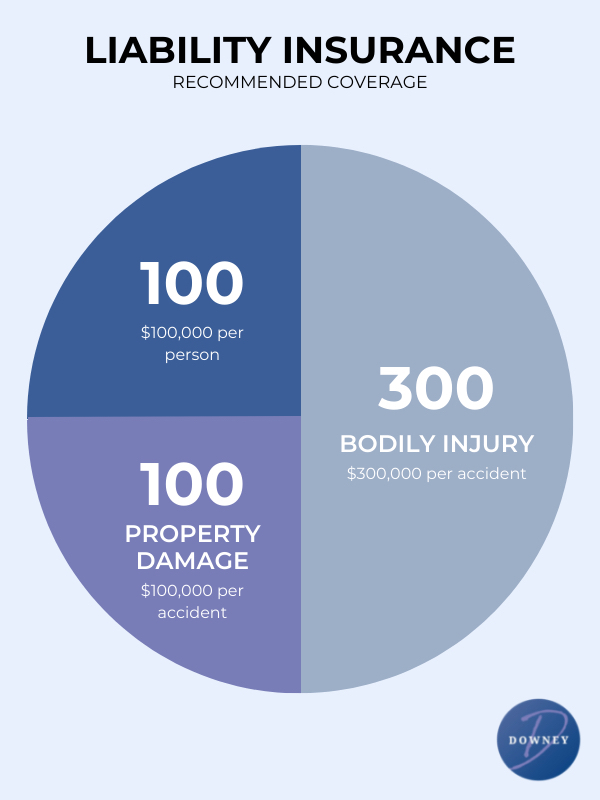
What You Need to Know About Changing Your Homeowners Policy
So you’re midway through your homeowners policy’s term and you’ve just finished up a few home renovations. You couldn’t be happier with your home’s new facelift, but what if your current coverage isn’t enough to cover the upgrades in the event of an incident or theft?
There are still another 6-7 months left on your homeowners policy and you start to consider if changing your policy, or maybe even your insurer, would be a smart move. Is changing my homeowners policy an option? Will it save me money or is the swap moot? The good news is that yes, you can change your homeowners policy at any given time. This is your right as a homeowner, but before you commit, take a moment to evaluate your situation.
Assess your homeowners policy
Take a deeper look at your current coverage and policy terms. Note the annual premium, coverage amounts, deductible, and effective dates. All of these details can be found on your homeowners policy declaration page, which is the first page of your insurance packet. Depending on your insurer, there may be specific stipulations that could directly affect your ability to opt out of your policy mid-term. Avoid a lapse in your home’s insurance coverage, including related penalties or fines, by understanding your policy’s terms and conditions or consulting with your insurance agent.
Re-evaluate your coverage needs
If you are considering swapping out your current homeowners policy for a new one, chances are that you’ve undergone a few life changes. The home renovations, for one, increased the value of your home substantially. New flooring, shiny appliances, fresh paint—all beautiful upgrades that will likely cost a lot more to repair or replace. Not quite sure the exact value? Try reaching out to your insurance agent. They’ll help you to account for any changes in your home’s repair or replacement costs. Let them know that you’re considering a homeowners policy change. Your mortgage lender will need a copy of your new declarations page should you decide to switch. Those who own their homes outright do not have to notify anyone of this change and may do so at their own discretion.
Shop around and compare rates
Opting to change your homeowners policy mid-term doesn’t necessarily mean that you have to stick with your current insurer. Maybe there’s a local insurance agency that offers coverage options that better suit your needs at more affordable price points.
A homeowners policy can differ by:
- Policy limits in the amount of coverage provided
- Exclusions of what constitutes as a valid claim
- Deductibles which affect your insurance premiums
- Discounts offered including policy bundle deals
When comparing rates and coverage options, get quotes on identical homeowners policies to ensure an accurate comparison. You may also want to consider looking into related rankings and reviews for each insurance agency. This will help you to weigh your options. The key is to find a homeowners policy that better suits your needs without breaking the bank.

Select a new homeowners policy
You’ve finally landed on your ideal homeowners policy—now what? The first order of business would be to align your new policy’s start date with your old policy’s end date. This date should be the same (i.e. new policy starts on October 1 and the old policy ends on October 1). Differing dates between your old and new homeowners policies could cause coverage to lapse and create a financial burden. Avoid this by going over the start and end dates to ensure that they are timed accordingly.
You should also discuss possible discounts or policy bundle deals with your new insurance agent. Many insurance carriers offer reduced premiums for those who bundle their home and auto insurance. If you are active duty military or a government employee, you may qualify for a special discounted price on your selected coverage. Ask your insurer to understand your savings qualifications.
Take away
Changing your homeowners policy mid-term can seem daunting, but it doesn’t have to be. Downey Insurance Group partners with a wide arrange of insurance carriers. This makes finding your home’s best-fit coverage quick and simple. Our independent insurance agents will assist you in changing your homeowners policy mid-term by helping you to assess your current coverage and compare the appropriate policies. We are with you from start to finish.
Contact us today and see if switching homeowners policy mid-term is right for you.








